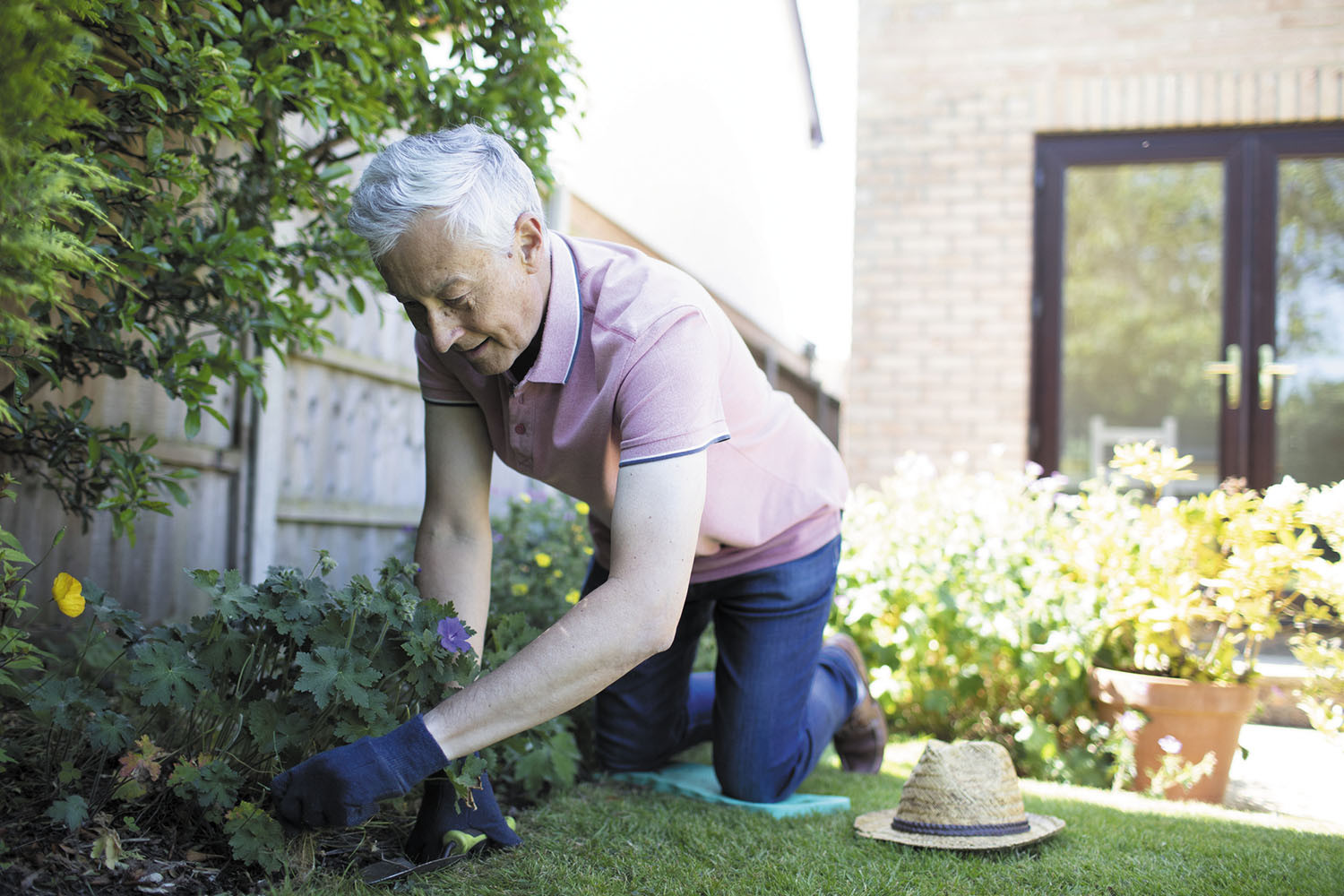
5 timeless habits for better health

What are the symptoms of prostate cancer?

Is your breakfast cereal healthy?

When pain signals an emergency: Symptoms you should never ignore

Does exercise give you energy?

Acupuncture for pain relief: How it works and what to expect

How to avoid jet lag: Tips for staying alert when you travel

Biofeedback therapy: How it works and how it can help relieve pain

Best vitamins and minerals for energy

Should you take probiotics with antibiotics?
Balance Archive
Articles
Rising up from a fall
Older adults need to safely be able to sit and rise from the ground whether kneeling in the garden, looking for something under the bed, or playing on the floor with the grandkids. This movement is also helpful when getting up after a fall. Three exercises that can help older adults with daily up-and-down mobility are kneel-to-stand, crawling, and sit-to-stand.
Quick fixes to keep you from falling
About half of all falls take place in the home. To prevent them, it helps to eliminate fall hazards in every room of the home, such as floor clutter and throw rugs.
Plyometrics: Three explosive exercises even beginners can try
Plyometric training involves short, intense bursts of activity that target fast-twitch muscle fibers in the lower body that generate power for increased speed and jumping height. Doing plyometric exercises can boost strength, power, and agility.
What is a silent stroke?
Most strokes are caused by a clot that blocks a blood vessel in the brain. Those that damage small areas of brain tissue that don't control any vital functions are known as silent strokes because they don't cause any noticeable symptoms.
Coping with recurring vertigo
For many people, attacks of vertigo recur periodically. The attacks are usually caused by a disorder of the balance (vestibular) system. Examples of balance disorders include benign paroxysmal positional vertigo (BPPV), cervical vertigo, Meniere's disease, and vestibular migraine. Treatment for recurring vertigo involves getting the underlying cause under control; seeking physical therapy tailored to people with balance disorders; and (for people with BPPV) doing a particular maneuver to reposition loose debris in the ear canal.
Get more out of your daily walk
Daily brisk walking is great for health, and adding a few simple moves or tools can make it even better. To boost balance, it helps to occasionally walk heel-to-toe during the walk or turn sideways and take 10 side steps. To promote healthy bones and muscles, it helps to wear a weighted vest on a walk. To boost heart health, it helps to add arm raises during the walk or periodically jog for 30 seconds to a minute.
Yoga: A flexible way to enhance heart health
Yoga has modest yet positive effects on several factors linked to cardiovascular health, including lower blood pressure and lower levels of harmful LDL cholesterol. The postures, breathing, and meditation practices inherent in yoga help cultivate the relaxation response, which trains the body to be less reactive during times of stress. People new to yoga should seek out a beginner, gentle, or chair yoga class, especially those who are over 65 or who have any medical conditions.
Are you healthy enough to age in place?
There are many health-related requirements for living independently in older age. For example, one needs sharp thinking skills in order to manage medications, pay bills, choose clothes for the day, and select and buy groceries; and one needs strength, balance, and flexibility in order to get up from a chair, cook, or clean. People with weakening aspects of health should talk to a doctor for potential solutions to improve or cope with health challenges in order to continue living independently.
The BEEP program: Keep your balance
As people get older, the complex system that helps them maintain balance does not work as effectively, increasing the risk of a fall. A study found that specific exercises can improve balance in older adults.
Finding balance: 3 simple exercises to steady your steps
Being able to maintain balance is crucial to performing everyday activities. As people get older, systems in the body that help maintain balance aren't as responsive as when they were younger. Practicing these exercises designed to improve balance helps build steadiness and prevent falls.

5 timeless habits for better health

What are the symptoms of prostate cancer?

Is your breakfast cereal healthy?

When pain signals an emergency: Symptoms you should never ignore

Does exercise give you energy?

Acupuncture for pain relief: How it works and what to expect

How to avoid jet lag: Tips for staying alert when you travel

Biofeedback therapy: How it works and how it can help relieve pain

Best vitamins and minerals for energy

Should you take probiotics with antibiotics?
Free Healthbeat Signup
Get the latest in health news delivered to your inbox!
Sign Up











